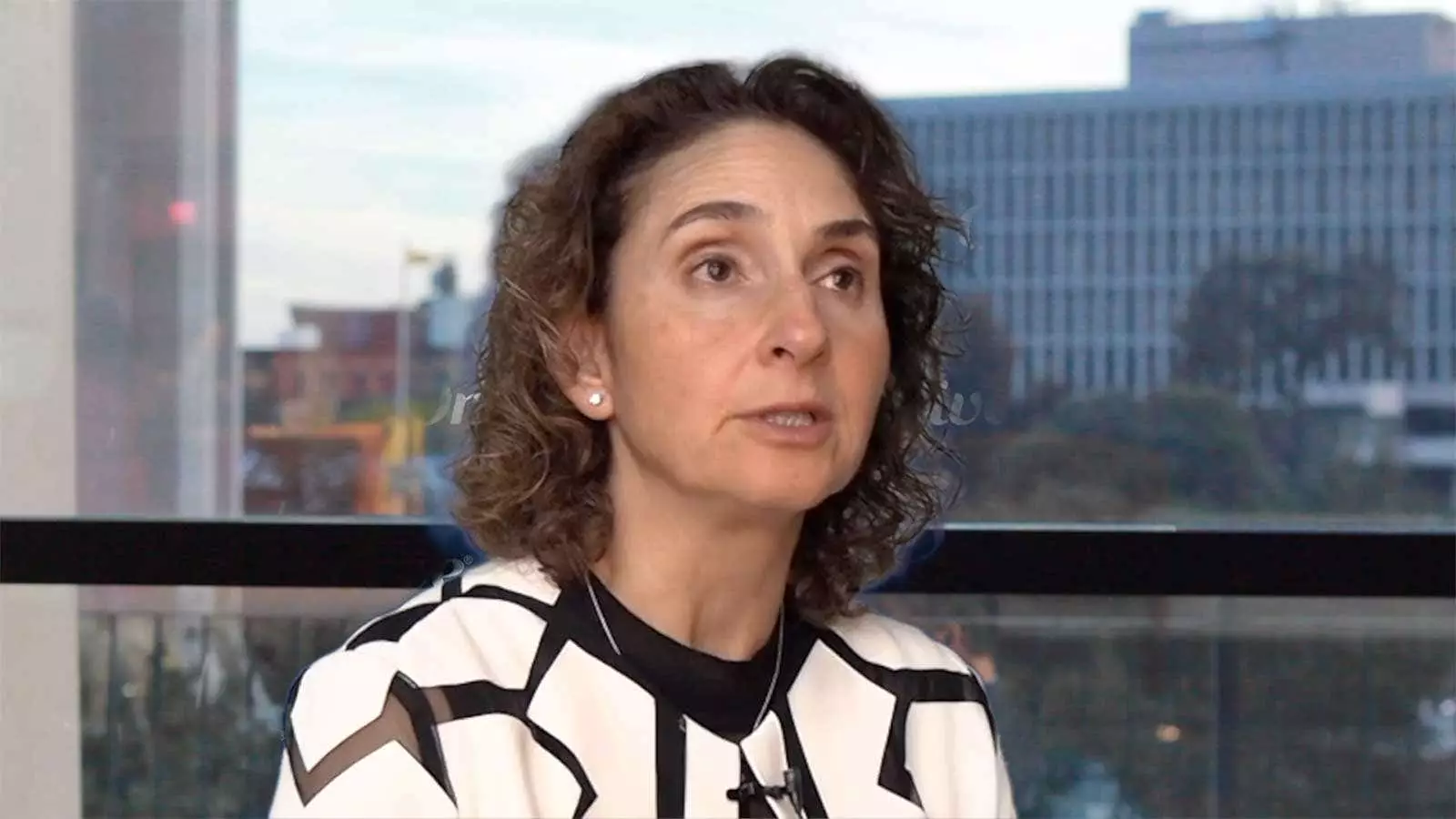In the ever-evolving landscape of oncology, particularly concerning metastatic breast cancer, recent insights underscore the complexity of treatment decisions stemming from genetic variations. Virginia Kaklamani, MD, DSc, a prominent figure at the UT Health Sciences Center in San Antonio and co-director of the esteemed San Antonio Breast Cancer Symposium, sheds light on the latest subgroup analysis from the phase III EMERALD trial. This analysis scrutinizes the variant allele frequencies (VAF) of critical mutations—specifically ESR1 and PIK3CA—and how they might inform treatment strategies for estrogen receptor-positive, HER2-negative metastatic breast cancer.
At the core of the discussion is the role of ESR1 and PIK3CA mutations in dictating treatment options for patients. The investigation reveals that while liquid biopsies provide valuable insights through variant allele frequency measurement, the interpretation of this data is not straightforward. Traditionally, clinicians might have considered higher VAFs as indicative of the mutation’s prevalence and potential impact on treatment effectiveness. However, the findings from the EMERALD trial suggest a paradigm shift: it is not simply the presence of mutations that should guide therapeutic decisions, but rather the specific mutations themselves, especially ESR1.
The analysis starkly emphasizes that decisions anchored in variant allele frequency metrics could lead to misguided treatment choices. Although the VAF for PIK3CA mutations frequently surpassed that of ESR1 mutations, the efficacy of treatments, particularly elacestrant (marketed as Orserdu), does not align with VAF trajectories. Kaklamani’s commentary highlights the crucial point that reliance on VAF may be misplaced when determining the most effective therapeutic pathways. Instead, clinical approaches should prioritize the identification of genetic mutations over mere frequencies to tailor treatments more effectively.
As Kaklamani articulates, the current understanding of variant allele frequencies in the context of breast cancer treatment is hindered by a lack of clarity in interpretation. This gaps in understanding pose challenges for oncologists striving to deliver personalized medicine grounded in genomic data. It initiates an important dialogue about how the medical community needs to recalibrate its focus on genetic mutations, rather than solely relying on quantitative measures like VAF.
Furthermore, the insights gained from the EMERALD trial could reshape future research, educational outreach, and clinical practices, urging oncologists to refine their diagnostic and therapeutic methodologies. As clinical practices evolve, an emphasis on nuanced genetic analysis can potentially enhance treatment outcomes for patients battling metastatic breast cancer.
The recent findings detailed by Kaklamani in the EMERALD trial serve as a critical reminder of the intricacies involved in interpreting genetic data for treatment decision-making. It accentuates the necessity for continued research and education to foster a more profound understanding of the roles that specific mutations play in cancer progression and response to therapy. By moving beyond simplistic measures like variant allele frequency, the oncology community stands to provide more effective, personalized interventions for patients suffering from one of the most challenging forms of cancer.


Leave a Reply